Food bosses are on a collision course with the Food Standards Agency following its decision to forge ahead with its traffic light labelling scheme.
Retailers and suppliers have a 12-week consultation period to voice their opposition or back an alternative model that uses colour-coded Guideline Daily Amounts (GDAs).
However, the FSA has signalled it, too, is in the mood for a fight, warning that those who failed to back the agency’s proposed model would be likely to suffer in the long run.
If the scheme is green lit at an FSA board meeting early next year, the first products trialled will be ready meals, cereals, sandwiches, burgers, sausages and pies.
Legislation to enforce the traffic light scheme may follow should the food industry fail to adopt it voluntarily.
The FSA’s head of nutrition, Rosemary Hignett, said: “We see the potential for a competitive edge. Consumers say they want a scheme that has come from the FSA and it’s possible they could switch product loyalty.”
Gill Fine, FSA director of consumer choice and dietary health, said that making the system compulsory was not out of the question. The proposed multiple traffic light model scored highest with consumers during the FSA’s review when it came to identifying individual healthier products “at a glance”.
However, GDAs were their preferred signposting option, although understanding fell among the lower socio-economic groups.
The Food and Drink Federation said traffic lights were not wanted by any of its members. “No traffic light system will work,” said spokeswoman Kate Snowden. “They represent the same subjective views of good, bad or indifferent.”
She said more needed to be done to explain GDAs to consumers but that £15bn of products would soon be carrying that kind of labelling.
Meanwhile, Cadbury Schweppes research seen by The Grocer, which mirrored the FSA’s methodology, suggests the public could be misled by traffic lights. In tests, they thought ‘green’ products, such as diet drinks, were healthy, while ‘red’ products such as wholemeal bread were unhealthy.
Tesco said its research had also revealed traffic lights were confusing and difficult to relate to daily consumption. Last April, it ditched its year-long traffic light pilot in favour of GDAs.
Sainsbury is promoting its Wheel of Health front-of-pack labelling, which features colour coding for five key nutrients as well as their GDAs, claiming it was compatible with the FSA’s recommendations and closer than any of its competitors.
In an interview with The Grocer, FSA chair Dame Deirdre Hutton said consumers wanted quick guidance.
>>p38 Lights go green at the FSA
Rachel Barnes
Retailers and suppliers have a 12-week consultation period to voice their opposition or back an alternative model that uses colour-coded Guideline Daily Amounts (GDAs).
However, the FSA has signalled it, too, is in the mood for a fight, warning that those who failed to back the agency’s proposed model would be likely to suffer in the long run.
If the scheme is green lit at an FSA board meeting early next year, the first products trialled will be ready meals, cereals, sandwiches, burgers, sausages and pies.
Legislation to enforce the traffic light scheme may follow should the food industry fail to adopt it voluntarily.
The FSA’s head of nutrition, Rosemary Hignett, said: “We see the potential for a competitive edge. Consumers say they want a scheme that has come from the FSA and it’s possible they could switch product loyalty.”
Gill Fine, FSA director of consumer choice and dietary health, said that making the system compulsory was not out of the question. The proposed multiple traffic light model scored highest with consumers during the FSA’s review when it came to identifying individual healthier products “at a glance”.
However, GDAs were their preferred signposting option, although understanding fell among the lower socio-economic groups.
The Food and Drink Federation said traffic lights were not wanted by any of its members. “No traffic light system will work,” said spokeswoman Kate Snowden. “They represent the same subjective views of good, bad or indifferent.”
She said more needed to be done to explain GDAs to consumers but that £15bn of products would soon be carrying that kind of labelling.
Meanwhile, Cadbury Schweppes research seen by The Grocer, which mirrored the FSA’s methodology, suggests the public could be misled by traffic lights. In tests, they thought ‘green’ products, such as diet drinks, were healthy, while ‘red’ products such as wholemeal bread were unhealthy.
Tesco said its research had also revealed traffic lights were confusing and difficult to relate to daily consumption. Last April, it ditched its year-long traffic light pilot in favour of GDAs.
Sainsbury is promoting its Wheel of Health front-of-pack labelling, which features colour coding for five key nutrients as well as their GDAs, claiming it was compatible with the FSA’s recommendations and closer than any of its competitors.
In an interview with The Grocer, FSA chair Dame Deirdre Hutton said consumers wanted quick guidance.
>>p38 Lights go green at the FSA
Rachel Barnes

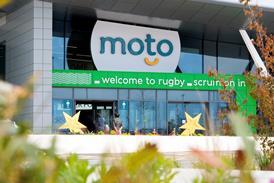



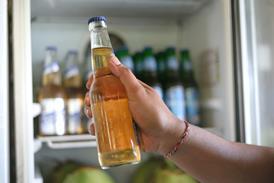




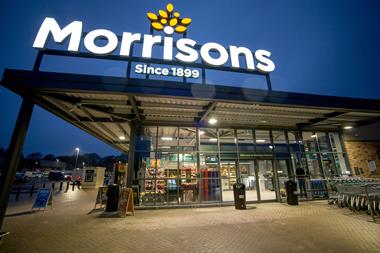
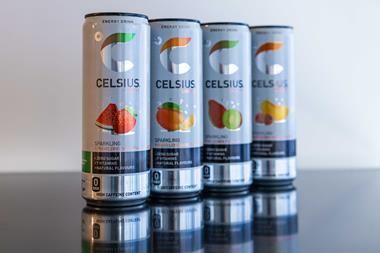


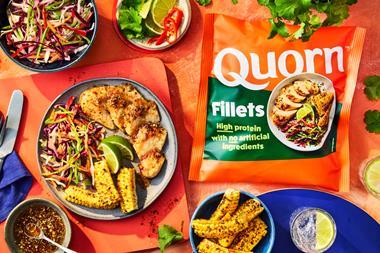
No comments yet